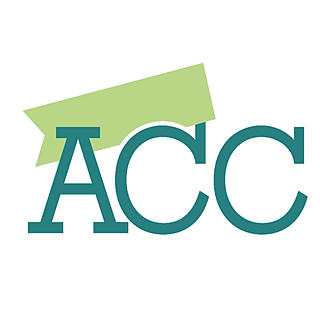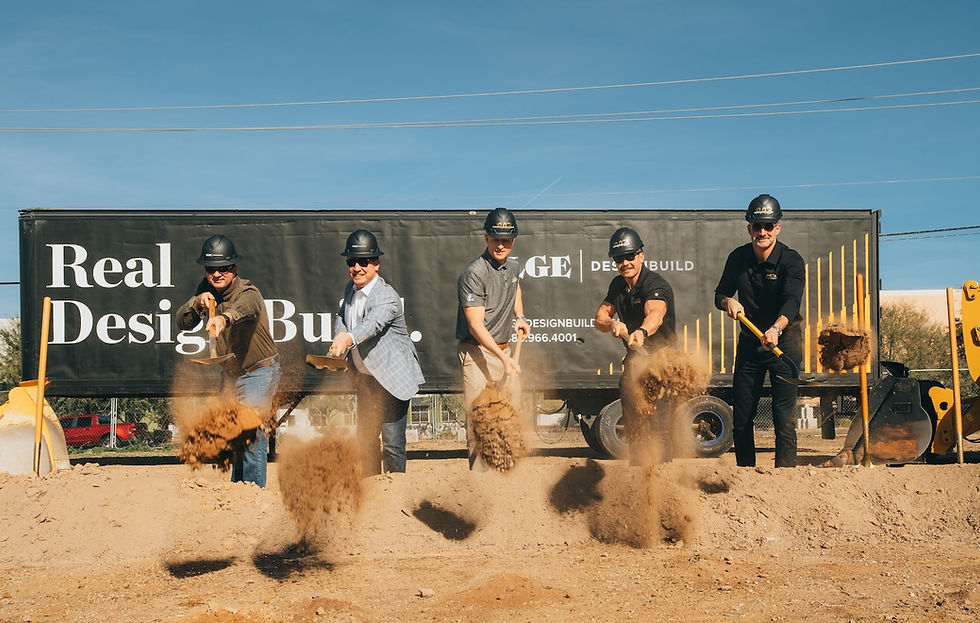How Concrete Started—Conclusion: Timeline and Observation
- Arizona Contractor & Community
- Jan 19, 2023
- 2 min read
Luke M. Snell
When I began this quest to learn when and how concrete started, I thought I had the answer. All I had to do was put it in writing so others could see my logic and conclusions. But the more I researched the first steps of making concrete, the more I realized its complexity. The start of concrete really depends on your definition of concrete.

Hopefully, you have developed some personal opinions after following this series of articles. Let’s review a timeline of some of the important dates and details:
#1 - Control and use of fire by man: 125,000 B.C.
#2 - Making fired clay figurines (Europe): 29,000 B.C.
#3 - Making fired clay pottery (China): 18,000 B.C.
#4 - Making sun-dried bricks (Israel): 9,000 B.C.
#5 - Making lime (Turkey and Israel): 7,000 B.C.
#6 - Making fired bricks (China): 4,400 B.C.
#7 - Making gypsum (Egypt): 2,600 B.C.
#8 - Making Roman cement (Italy): 1 A.D.
There are several discoveries that could be considered the start of concrete:
Part 1: Sun-dried Bricks with Mud Mortar - This meets the definition of both cement and concrete, and it has been in use since at least 9,000 B.C. Because of the simplicity of this construction, it was likely used much earlier, but its lack of durability makes this difficult to prove. While sun-dried bricks and mud mortars are very different from today’s concrete, some believe this is a starting point for masonry, but not for concrete.
Part 2: Fired Bricks with Various Mortars – Again, this meets the definition of both cement and concrete, and it has been in use since at least 4,400 B.C. This process was a major step in masonry and construction but not for concrete. The Biblical story of the Tower of Babel indicates that fired bricks may be much older than the fired bricks discovered in China. Their use of tar as a mortar was one of the many reasons why this construction was unsuccessful. Thankfully this poor choice of mortar did not stop the advancement of masonry and concrete.
Part 3: Gypsum Cement as Mortar and Plaster - There is no record of when gypsum cement was discovered, though a campfire could have led to its discovery. If this is true, then gypsum cement could have been discovered as early as 125,000 B.C. Thus, this would be the first cement created using heat, like how we currently make cement. The first known use of gypsum was in the pyramids in 2,600 B.C., as the Egyptians used it to butter the joints to maneuver the huge stone blocks into place. However, the gypsum was not intended to be a mortar or cement to hold the blocks together. The other use of gypsum at around the same time was as a plaster to create a smooth surface for writing and painting. Again, this does not meet the definition of cement.
To read the rest of this article, you are invited to purchase the digital issue here.
This article originally appeared in the bimonthly Arizona Contractor & Community magazine, Jan/Feb 2023 issue, Vol. 12, No. 1.








Comments